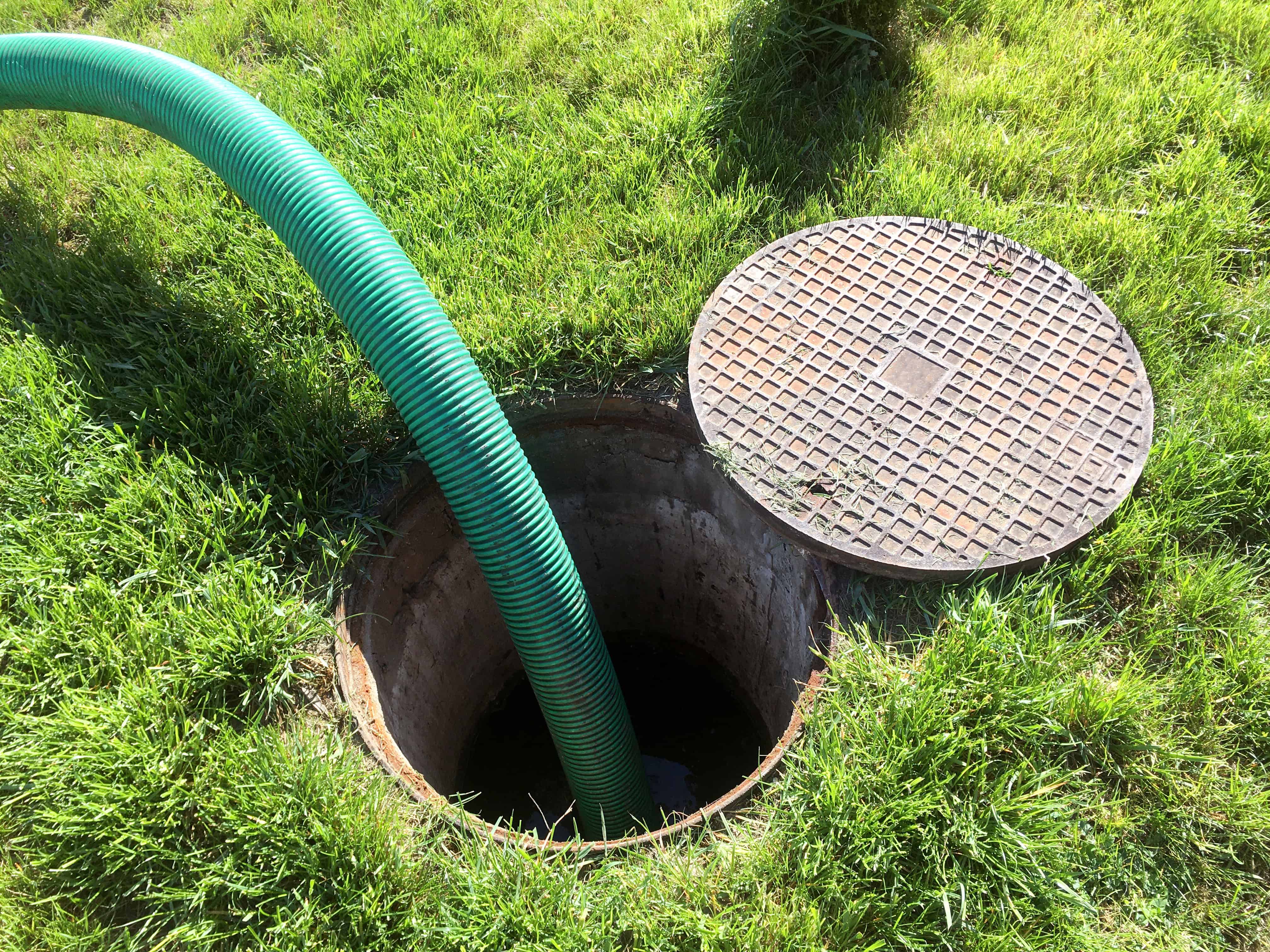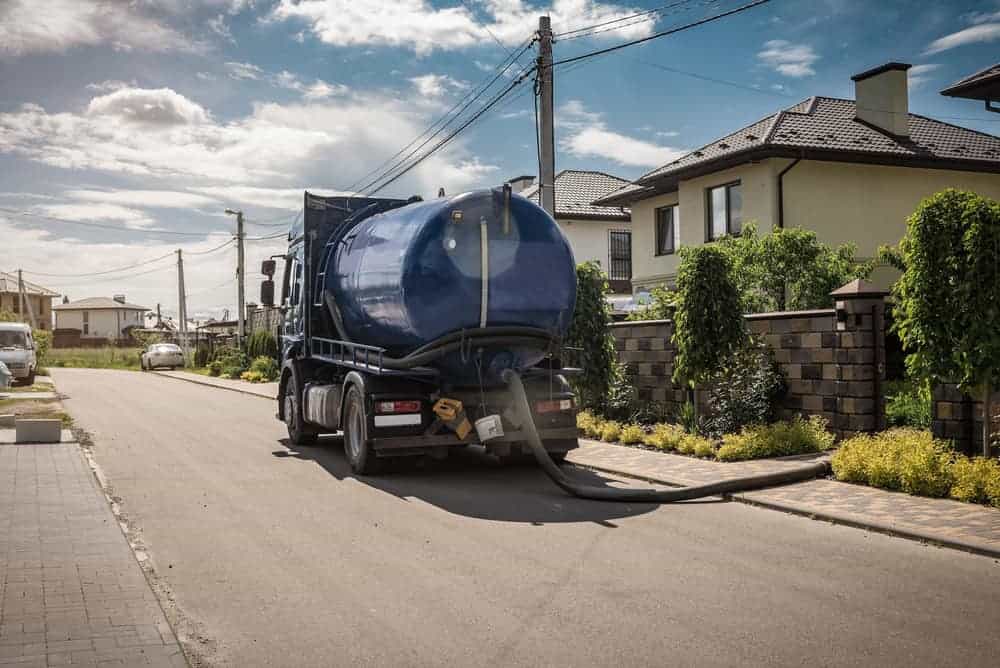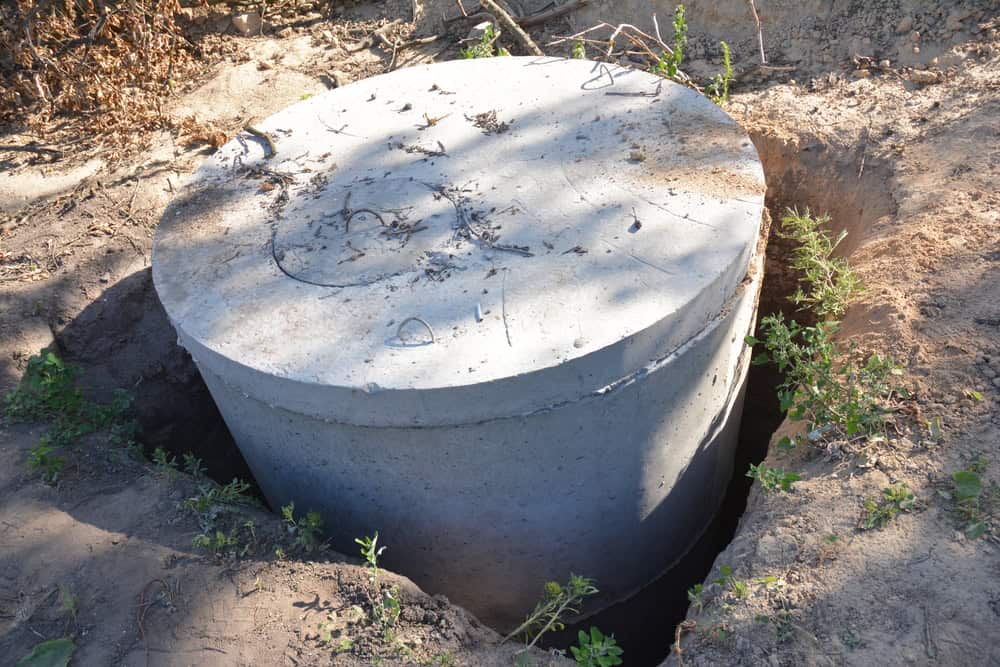Summary:
Understanding Septic Tank Pumping Services
Septic pumping removes liquid waste and floating debris from your tank. Think of it as skimming the surface. A technician inserts a large hose through your tank’s access point and vacuums out the liquids along with some floating solids and scum.
This process clears space in your tank and prevents the floating layer from getting too thick. Most pumping services focus on removing what’s easily accessible without disturbing the settled sludge at the bottom.
Pumping typically takes 30-60 minutes and costs less than a full cleaning. It’s the maintenance most homeowners are familiar with, and many companies offer it as their standard septic service.
How Often Should You Pump Your Septic Tank in Long Island?
The EPA recommends septic pumping every 3-5 years for most households, but Long Island’s unique conditions might require different timing. Your household size, water usage, and whether you have a garbage disposal all factor into the frequency.
A family of four with a 1,000-gallon tank typically needs pumping every three years. Smaller households might stretch to five years, while larger families or heavy water users need more frequent septic maintenance. If you use a garbage disposal regularly, expect to pump more often since food waste adds extra solids to your system.
Long Island’s coastal environment creates additional challenges. The fluctuating water table, especially during storm seasons, can impact how efficiently your system processes waste. Sandy soils common in Nassau and Suffolk counties drain differently than other regions, affecting how quickly your system fills up.
Signs you need pumping include slow drains, gurgling sounds from fixtures, or sewage odors around your property. Don’t wait for backups – they signal your system is already overloaded and at risk of expensive damage that could cost thousands to repair.
What Happens During Professional Septic Pumping?
Professional septic pumping starts with locating and uncovering your septic tank access port. If you don’t have a riser, this means digging, which adds time and cost to the service. Our quality technicians will inspect the tank’s condition before starting any work.
The actual pumping uses a large vacuum truck with powerful suction equipment. The technician inserts a hose into your tank and removes the liquid waste and floating materials. Some companies stir the contents to break up solids and make removal easier, though this varies by provider.
A thorough pumping service includes checking the scum and sludge levels, inspecting baffles and filters, and noting any signs of damage or wear. The technician should measure how much waste was removed and provide recommendations for future maintenance timing based on your specific usage patterns.
After pumping, your tank needs time to rebuild its bacterial balance. Avoid harsh chemicals or antibacterial products for a few weeks to help beneficial bacteria reestablish. The whole process typically takes 1-2 hours depending on access and tank size, but proper service shouldn’t be rushed.
Complete Septic Tank Cleaning: The Thorough Approach
Septic tank cleaning goes much deeper than basic pumping. This process removes all water and accumulated sludge from your tank, including the compacted waste at the bottom that pumping leaves behind.
Think of cleaning as a complete reset for your system. Technicians don’t just skim the surface – we remove everything, including the stubborn sludge that builds up over years of use. This thorough approach ensures your tank operates at full capacity.
Septic cleaning takes longer and costs more than basic pumping, but it provides superior results for Long Island homeowners. Your system runs more efficiently, lasts longer, and has fewer problems between services.
Why Complete Septic Tank Cleaning Protects Your Investment
The key difference lies in what gets removed. Pumping addresses the obvious problem – too much liquid and floating waste. But it leaves behind the compacted sludge that gradually reduces your tank’s effective capacity and can cause serious problems down the road.
Over time, this accumulated sludge takes up space meant for new waste. Your tank fills faster, needs more frequent service, and eventually can’t process waste properly. The sludge can also push into your drain field, causing expensive damage that requires excavation and replacement – costs that can easily reach $15,000 or more.
Complete septic cleaning removes this problematic buildup entirely. Your tank returns to its original capacity, processes waste more effectively, and goes longer between services. For Long Island homeowners dealing with high water tables and strict environmental regulations, this thorough approach provides better protection against system failure.
Many septic problems that seem sudden actually develop over years as sludge accumulates. Regular cleaning prevents these issues before they become expensive emergencies. It’s especially important if your system hasn’t been properly maintained or if previous services only included basic pumping that left waste behind.
When Your Long Island Property Needs Full Septic Cleaning
Certain situations require cleaning rather than pumping. If your system hasn’t been serviced in over five years, cleaning ensures you’re starting fresh with maximum capacity. Properties with heavy usage, large households, or frequent entertaining benefit from the thorough approach that removes all accumulated waste.
Long Island’s environmental regulations make proper septic maintenance even more critical. Conventional septic systems here are considered failing by New York State because they can’t remove nitrogen effectively. Proper cleaning helps your current system work as efficiently as possible while you plan for future upgrades or comply with new requirements.
Real estate transactions often require septic inspections, and a recently cleaned system is more likely to pass without issues. Mortgage lenders want assurance that the septic system won’t need immediate expensive repairs. Professional cleaning provides documentation that the system has been properly maintained and is operating at full capacity.
If you’re experiencing recurring problems like frequent backups, persistent odors, or wet spots in your drain field, cleaning addresses the root cause rather than just treating symptoms. Pumping might provide temporary relief, but complete cleaning eliminates the accumulated waste causing ongoing issues.
Making the Right Choice for Your Septic System Maintenance
The choice between pumping and cleaning depends on your system’s condition, maintenance history, and your long-term goals. For routine maintenance on a well-maintained system, pumping every 3-5 years might suffice. But if you want maximum protection and efficiency, complete septic tank cleaning provides superior results and better value over time.
Consider cleaning if your system is older, hasn’t been properly maintained, or shows signs of stress. Long Island homeowners also benefit from cleaning’s environmental advantages – a thoroughly cleaned system processes waste more effectively and reduces the risk of groundwater contamination that could affect local water supplies.
We understand Long Island’s unique septic challenges and can recommend the right approach for your specific property and situation. With nearly two decades of local experience and four generations of family expertise, we provide the knowledge and professional service your system deserves to keep running smoothly for years to come.




